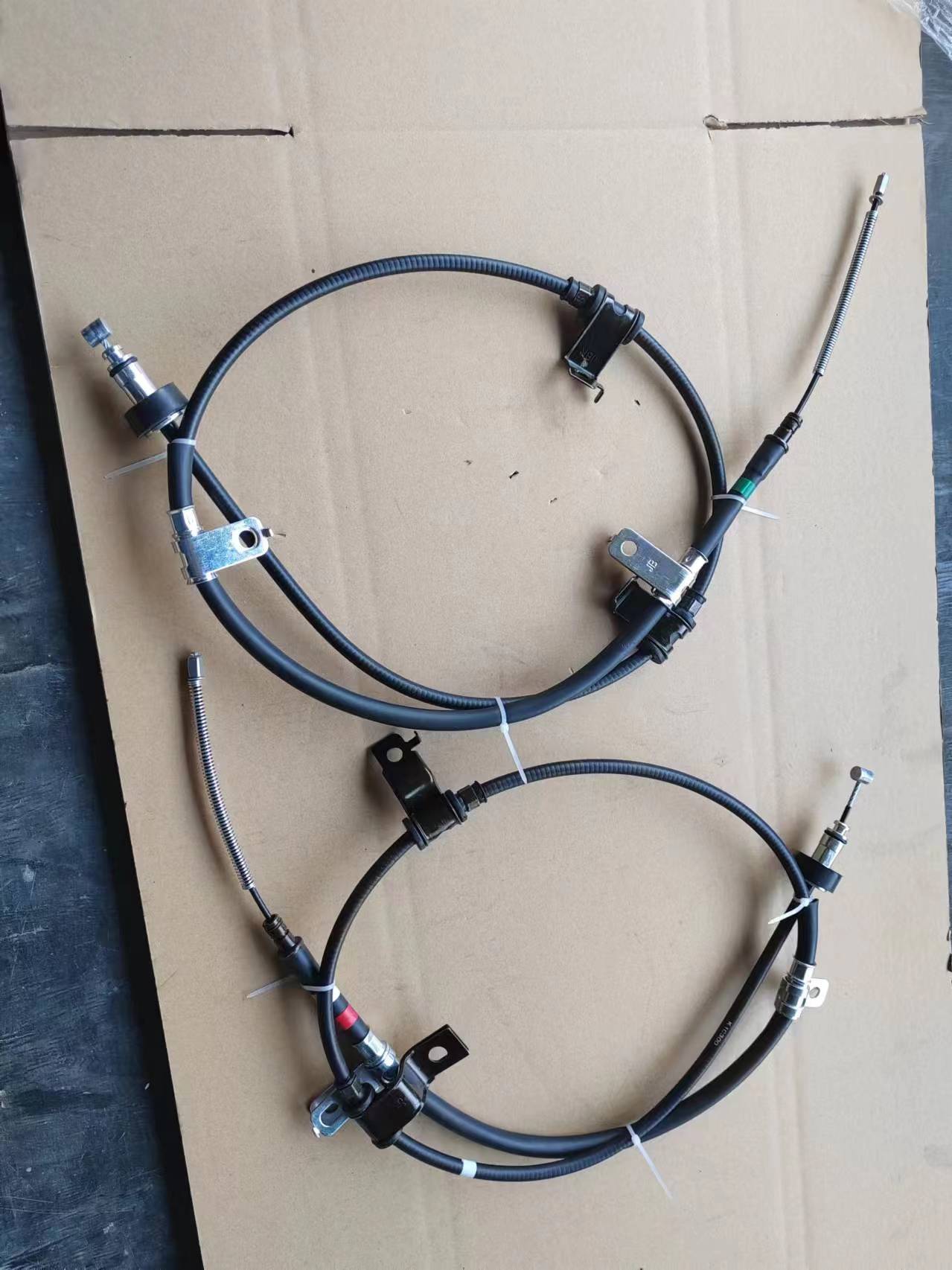transmission gear shift cable
Understanding Transmission Gear Shift Cables A Comprehensive Overview
Transmission gear shift cables play a crucial role in the functioning of automatic and manual vehicles. These cables are responsible for connecting the gear lever inside the vehicle to the transmission system, allowing drivers to shift gears smoothly and efficiently. Understanding the components and functioning of gear shift cables can help car owners troubleshoot issues and maintain their vehicles in optimal condition.
The Basics of Gear Shift Cables
A gear shift cable is essentially a flexible conduit that transmits the driver's input from the gear shift lever to the transmission. It consists of an outer casing that houses an inner wire, which moves within it. When the driver moves the gear lever, the cable stretches and pulls or pushes the inner wire, which then communicates this movement to the transmission system. The design of these cables allows for a precise and responsive shifting action, essential for smooth driving.
Types of Transmission Gear Shift Cables
There are generally two main types of transmission gear shift cables manual and automatic.
1. Manual Transmission Shift Cables In manual vehicles, the gear shift cable usually connects directly to the transmission’s gear selector. These cables allow for a more mechanical feel since the driver has direct control over gear changes. Manual shift cables require proper adjustment and lubrication to function correctly, as over time, they can wear down or stretch, leading to misalignment and gear shifting difficulties.
2. Automatic Transmission Shift Cables In contrast, automatic transmission vehicles often use a more complex system that involves several components, such as a cable connecting the gear selector to the transmission, shift interlock mechanisms, and, sometimes, electronic components. These cables need to be reliable, as they must manage the vehicle's shifting under varying conditions while maintaining driver comfort.
Common Issues with Gear Shift Cables
Like any mechanical component, gear shift cables can experience wear and tear over time. Some common issues include
- Cable Stretching As gear shift cables age, they may stretch, which can lead to a decrease in performance. Drivers may notice that the gear lever feels loose or takes extra effort to change gears.
transmission gear shift cable

- Fraying and Damage The inner wire may become frayed or damaged due to constant movement and friction. This can lead to erratic shifting or the inability to shift altogether.
- Corrosion Exposure to moisture and road salt can cause corrosion on the cable and its connectors
. This can hinder the smooth operation and responsiveness of the gear shift.- Improper Installation In some cases, a newly installed cable may not be properly adjusted, which can lead to gear selection issues.
Maintenance and Replacement
To ensure the longevity of gear shift cables, regular inspection and maintenance are essential. Here are some tips for maintaining gear shift cables
- Regular Inspections Periodically check the integrity of the cables for any signs of wear, fraying, or corrosion.
- Lubrication Apply appropriate lubricants to reduce friction and lessen wear on the cables.
- Proper Installation If replacing a gear shift cable, ensure that it is installed correctly and adjusted to the manufacturer's specifications.
- Timely Replacement If issues arise, such as difficulty shifting gears or abnormal noises when changing gears, it’s crucial to replace the cable as soon as possible.
Conclusion
Transmission gear shift cables may seem like simple components of a vehicle, but they are vital for ensuring a smooth and responsive driving experience. Understanding how they work and recognizing the signs of wear can help vehicle owners maintain their cars effectively. Whether dealing with manual or automatic transmissions, proper care and timely replacement of gear shift cables will contribute significantly to the longevity and reliability of the vehicle's performance. In turn, this knowledge empowers drivers to enhance their driving experience, ensuring they enjoy the road ahead.
-
Upgrade Your Vehicle with High-Quality Handbrake CablesNewsNov.01,2024
-
Optimize Your Bike's Performance with Quality CablesNewsNov.01,2024
-
Enhance Your Vehicle's Performance with Quality Clutch ComponentsNewsNov.01,2024
-
Elevate Your Vehicle's Performance with Quality Throttle CablesNewsNov.01,2024
-
Elevate Your Vehicle's Performance with Quality CablesNewsNov.01,2024
-
Affordable Solutions for Your Cable NeedsNewsNov.01,2024
